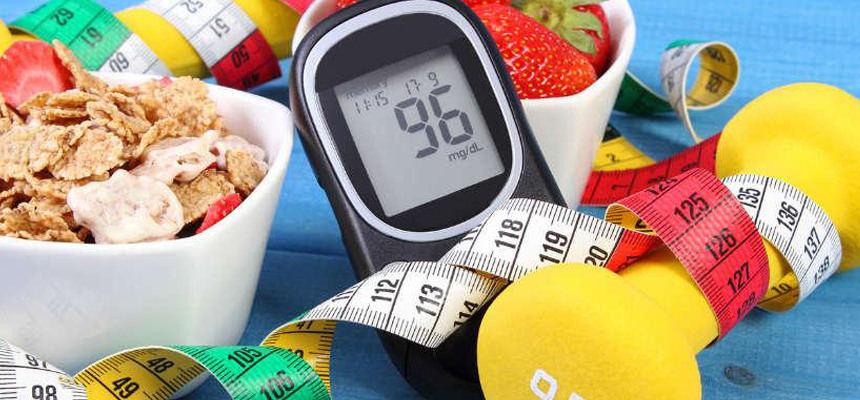How to manage diabetes in winter

Living with diabetes means making quite some changes to your lifestyle, diet, exercise regime and medications; it impacts your overall living. With temperature dipping, it is only making things worse for diabetics. It can actually increase the blood sugar levels if you don't pay attention to the issue and can put your overall health at risk
Diabetes management might need to change once the temperature begins to drop. That’s because diabetes can be harder to manage during the winter than during the summer and rainy season because frigid temperatures combined with holiday festivities can make it difficult to exercise and stick to your meal plan. Catching a cold or the flu can be more than just a downer when you have diabetes it can also cause a serious health problem later on. In people with diabetes, preventable infections like the flu and pneumonia can progress rapidly. Dr. Pradeep Gadge, a leading Diabetologist, Gadge Diabetes Centre shares quick ways to handle diabetes in winter.
.jpg)
- When dressing for cooler temperatures, pay particular attention to your feet. Make sure that they are warm and dry and that you are wearing appropriate shoes. Diabetes reduces circulation to feet, leaving them less able to keep warm in cold weather.
- Winter may increase your chances of infection and nerve pain in your feet. People with diabetes should not only dress warmly, but also do daily foot checks for sores, cracks, and any discoloration. Check your feet every day, moisturize them right after you bathe, and keep them protected with warm, dry shoes or boots.
- Colder weather can affect your diet in a number of ways. People tend to eat more during the winter as they are more likely to eat ‘comfort foods. Winter menus can be brimming with delicious soups, casseroles, and stews not to mention holiday feasts and treats. During the weeks between Thanksgiving and New Year’s Day, you might attend several parties and dinners; keep your diabetes meal plan in mind, and allow yourself to enjoy a few holiday favorites in moderation. You can also take advantage of diabetes-friendly seasonal fruits and vegetables.
- People should have goal to do at least 150 minutes of moderate-to-vigorous aerobic activity each week, or about 30 minutes a day most days of the week. But when temperature drops there is drop-in physical activity also. You can also start an indoor workout routine like look for a gym with an indoor pool, sign up for a new class (power yoga, Zumba or some aerobic classes).
- Like extreme heat, extreme cold can affect your insulin and cause your blood glucose monitor to stop working properly. Not leaving supplies in the car in very cold weather. The same applies to insulin vials, pens, and pumps.
- The cold weather can leave you with cold hands which can make blood testing more difficult. Don’t let the cold put you off doing your tests though.Regular testing will help you to catch any highs, or lows, and keep your sugar levels under control. If your hands are cold, try warming them up on a warm mug or on a radiator with a towel or thick clothing over it, before doing your test.
Book Appointment: Dr. Pradeep Gadge, a leading Diabetologist, Gadge Diabetes Centre

 Disclaimer: Welthi.com does not guarantee any specific results as a result of the procedures mentioned here, and the results may vary from person to person.
Disclaimer: Welthi.com does not guarantee any specific results as a result of the procedures mentioned here, and the results may vary from person to person.









